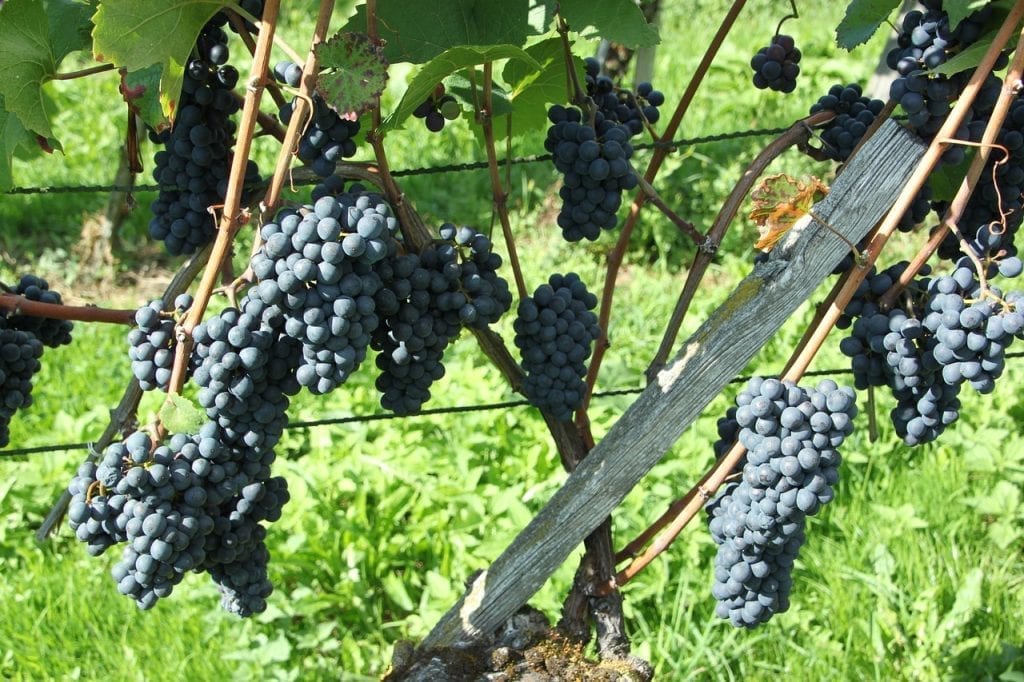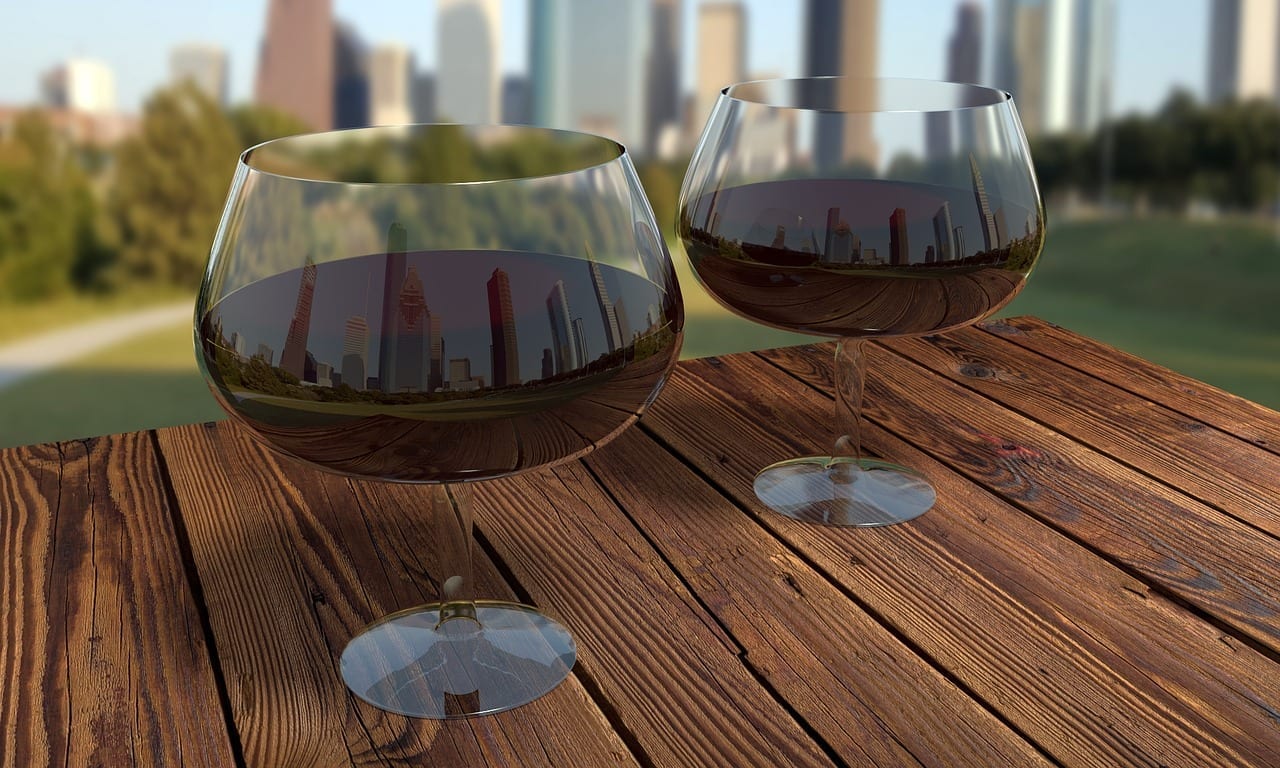Tags: Pinot Noir. Wines. Wine. Grape Varieties. Red.
The Bribie Winelander
There is a grape variety that we haven’t really investigated too much in depth until now that is, and that is Pinot Noir.
In recent years this variety has been garnering a solid following and given the time of year, it is now appropriate that we devote this column to it as it is not only one of the components of Champagne but a very important individual variety in its own right.
Pinot Noir is derived from the French words for “pine” and “black” in reference to the grapes tightly clustered dark purple cone-shaped clusters. The skin of the grape is relatively thin making it a tricky and risky candidate for wine production which make some of the finer wines fairly expensive but also worth trying, and don’t be deceived by the lighter red colour the wines will age quite well from 2 to 8 years.
Traditionally Pinot Noir is the red wine grape variety of Burgundy in France where the famous wine of this name hails from. In this region, the wine style tends to have earthy, forest floor, even mushroom characteristics and as with Bordeaux the wines can command very high prices and is often sold out even before the wine is made.
In Australia some years ago every winery that tried to grow the grape seemed to be producing a different style, in fact, it was said that if 400 wineries produced the wine there were 400 different styles!
But as with all of our wines as time has gone by we have indeed started to put our own stamp on the variety and are producing some excellent examples of Australian Pinot Noir especially from the more cooler climate areas such as The Yarra Valley, Mornington Peninsula, Geelong, The Great Southern in Western Australia and Tasmania. With Australian Pinots look for aromas of red fruits like cherries, raspberries, strawberries and even the odd aroma of earthy undergrowth making this wine something for everyone who enjoys a good red wine.
Try drinking Pinot Noir with grilled salmon, the rich fattiness and light char of the fish suits the relatively high acid in the wine. Around the globe, other countries also are producing some terrific Pinots, Oregon and California in The United States, Martinborough in New Zealand, Chile and South Africa whose wines can be found in many of our liquor outlets. However, some homegrown Pinots to look out for are:
- Paringa Estate Mornington Peninsula
- Rochford L’Enfant Unique Yarra Valley
- De Bortoli Estate Grown Yarra Valley
- Stonier Lyncroft Vineyard Mornington Peninsula
- Moorilla Estate Praxis
- Scotchmans Hill Bellarine Peninsula.
Unlike most grape varieties you will never find Pinot Noir blended with another grape variety as a table wine, however, this is not the case with Champagne where it can be blended with Chardonnay and Pinot Meunier. Initially Champagne was sweet but over time different styles have been developed to suit different palates, these terms appear on the bottles. Blanc de Blanc The wine is made exclusively from Chardonnay grapes.
Blanc de noirs Means white from black or wine made from the free run juice of the red wine grapes and no skin contact. Brut The most popular style which is dry. Demi sec The sweeter style and the one that matches desserts and wedding cake. Rose The wine has some contact with the red grape skins giving a pink tinge. Another year has passed us by and it is time to consider your Christmas wines once again especially Champagne.

Because the theme is Pinot Noir an important component of Champagne here is a brief description of how the wine evolved and a few suggestions to make sure this important occasion is celebrated in style. Grapes were first planted in The Champagne district by The Romans who named the area after the rolling hills near Rome known as Campania. Today the regions 86,500 acres produce over 200 million bottles and are now looking at expanding the boundaries to produce more wine.
Champagne was initially produced as a still wine and a Benedictine monk named Dom Pierre Perignon was at the forefront of making the wine. He was a strong advocate of using only Pinot Noir grapes and worked very hard to produce a wine without the bubbles that formed when some residual sugar and dormant yeast in the bottles was exposed to warmth when the wines were being exported to England in the summer.
It was The English who saw the bubbles as desirable and it was an English scientist Christopher Merret who worked out that the presence of sugar and yeast in a wine before bottling it would lead to it become sparkling which suggests that British merchants were producing sparkling Champagne before the French did it deliberately.
Once The French aristocracy developed a taste for this sparkling wine Champagne houses opened up to satisfy this new craze in Paris restaurants and Champagne producers switched from making still wine to the sparkling version and in the 1850’s production was around 20 million bottles per year. In 1854 the French national railroad system was linked to Rheims in the Champagne region which led to the French ports and sales grew out of sight.
Champagne is synonymous with any form of celebration, weddings, funerals, winning wars, a successful flutter at the races, car races and even breakfasts, it is truly a wine for all occasions. First, the wine should be served cold at around 5 to 8 degrees centigrade and although shaking the bottle and allowing the cork to project into the air looks fun it is very dangerous and worse still a waste of good wine.
To prevent the cork from exploding from the bottle hold the bottle firmly in one hand whilst turning the cork slowly with the other, the gas will start to force the cork out and when you hear the sigh of bubbles you know you have achieved opening the bottle properly. Serve the wine in flutes and only ¾ full to allow the lovely aroma of yeast to escape from the tiny stream of bubbles and the experience will begin.
I notice Mercier Champagne is now available in Australia, it is a beautiful wine which we came across some years ago in Epernay. The House of Mercier is situated at the end of The road of Champagne Houses and is quite a superb building. Inside the foyer is a massive barrel made for The Paris Exhibition of 1889 which held 200,000 bottles and took 24 bullocks to drag it across reinforced bridges to the exhibition.
It came in 2nd place at the judging to another remarkable French creation The Eiffel Tower. Under the winery are 18 kms of tunnels in which the Champagne is stored and access is by a glass lift, if you are ever in the region make sure this is on the list of visits. Currently expect to pay between $30 for house brands and $300 plus per bottle for Krug or Dom, however look at the deals around and a good quality Piper Heidsieck, Mumm, Veuve, or Moet can be found for under $50.
Red Wine Recommendations.
- Mercier
- Perrier Jouet
- Veuve Cliquot
- Moet Chandon
- Piper Heidsieck
A good alternative is Domaine Chandon an Australian Sparkling wine which is part of The Moet Group.
Cheers Philip Arlidge
Mark Twain is quoted as saying: Too much of anything is bad, but too much Champagne is just right.
Other Articles
https://thebribieislander.com.au/wine-prices/
https://thebribieislander.com.au/bribie-winelander-brandy/
